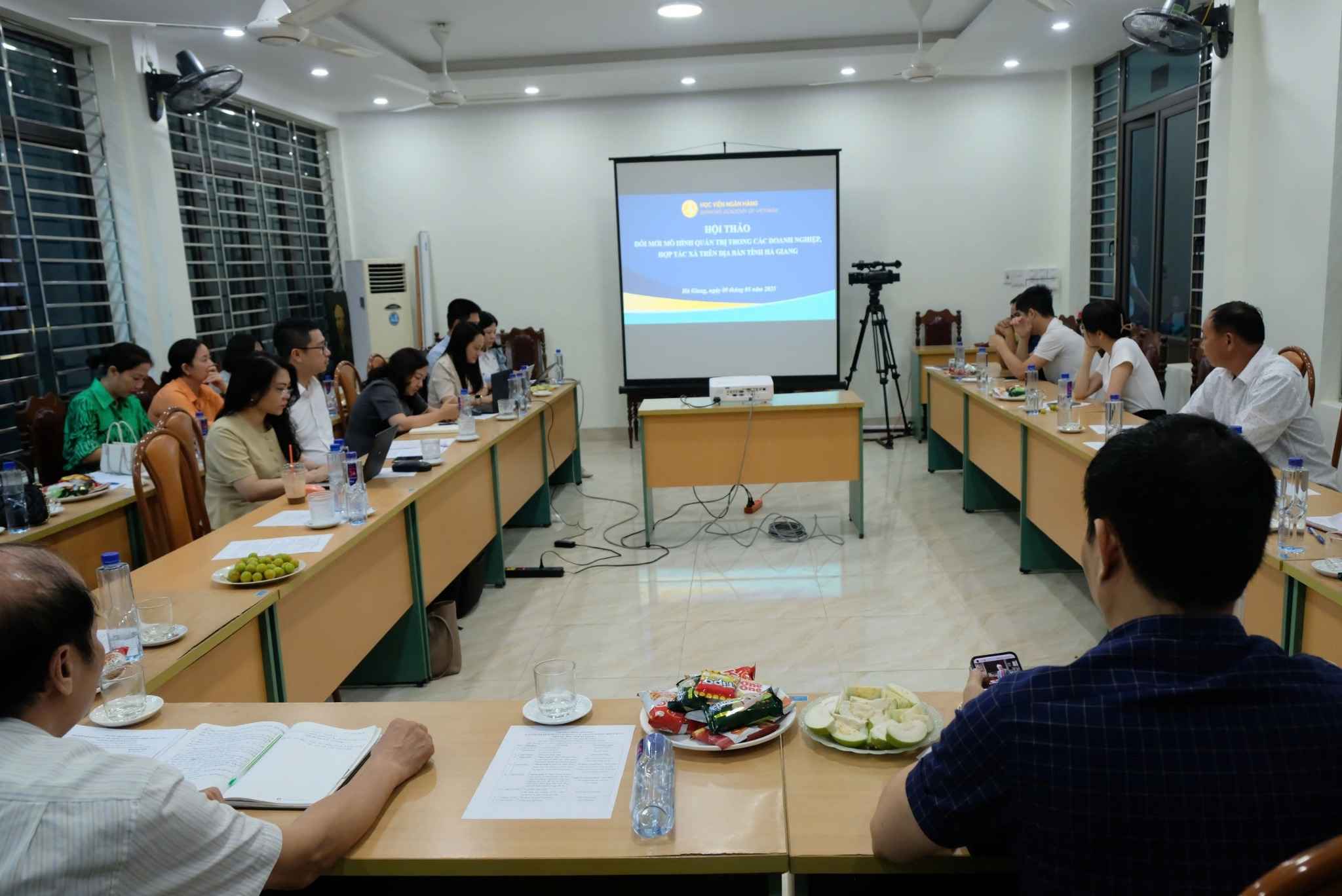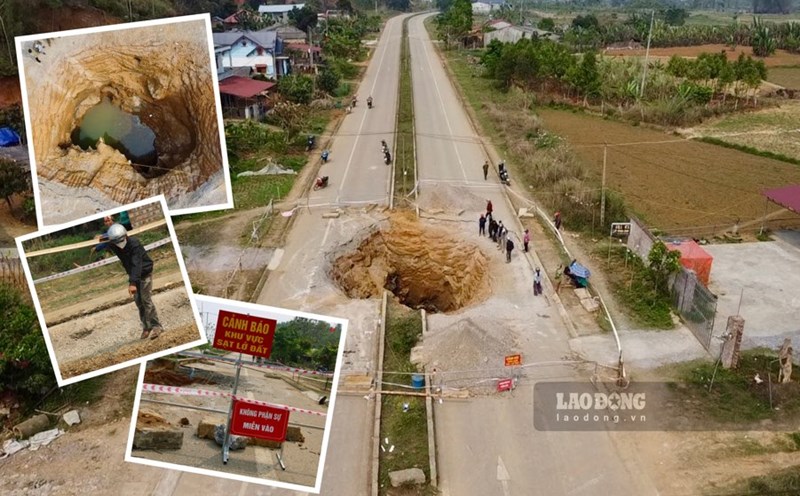ACCessment according to capacity
" Within the framework of the provincial-level scientific task of "Researching solutions to improve management capacity in enterprises and cooperatives in Ha Giang province", the research team of the Banking Academy has proposed a cooperative governance model (cooperative governance model) based on 5 foundational pillars: Organizational philosophy, governance structure, transparent operating system, Stakeholder governance and Self-adjustment.
Dr. Le Thi Minh Ngoc - Deputy Director in charge of the Center for Startup Support & Innovation, Institute of Banking Science Research, said: "The highlight of the model is the layered approach according to the development scale of the cooperative, helping each unit to apply the part suitable for current capacity, without being overloaded or deviating from standards."
Accordingly, for micro-sharing institutions - a popular model in Ha Giang - the requirements for operational transparency may only stop at handwritten books and work assignment schedules. Meanwhile, for small and medium-sized cooperatives, the same pillar will require the implementation of accounting software, building an internal control system and practicing comprehensive transparency.
This approach is considered suitable for local characteristics, where most cooperatives are still in the early stages of development, lacking a well-organized foundation and having difficulty accessing the market.
From theory to practical action
To test the effectiveness of implementation, the research team coordinated with a number of cooperatives in the province to organize a pilot model, combining training, consulting and monitoring the impact according to the cycle.

The application of the model is not only a theoretical matter but a two-way learning process between researchers and implementers, thereby adjusting the criteria to adjust to reality, Dr. Le Thi Minh Ngoc shared.
In reality, many cooperatives have had clear changes after the pilot process. The new model helps cooperatives escape spontaneous operations, move towards streamlining the apparatus, transparency of operations and gradually building more sustainable market linkages. This is also a long-standing weakness in the Ha Giang highland agricultural - forestry cooperative area, where the problem of human resources, governance and market connection is always a major barrier.
Promoting the collective economy becomes a driving force for development
From the research results, the group proposed policies to the People's Committee of Ha Giang province to build a mechanism to support cooperatives in a focused and key direction, associated with the orientation of developing the collective economic sector in the spirit of Resolution 68 of the Politburo.
At the same time, many training programs have been implemented to improve the management capacity of business leaders and cooperatives. The content focuses on strategic thinking in the AI era, application of technology in operations, guidance on building a one-page development strategy and practicing governance according to the 5- pillar model.
Looking more broadly, lessons from Ha Giang show that the close coordination between research agencies, local authorities and cooperative areas is a decisive factor in realizing sustainable development goals. In the context of the rural economy needing real breakthroughs, the new governance model not only helps cooperatives improve internal resources but also creates a foundation for the collective economic sector to become a key driving force, contributing to the shift in economic structure in disadvantaged areas.
With initial results, Ha Giang is expected to become a typical practical model to replicate the model in mountainous and midland provinces in the coming time.











